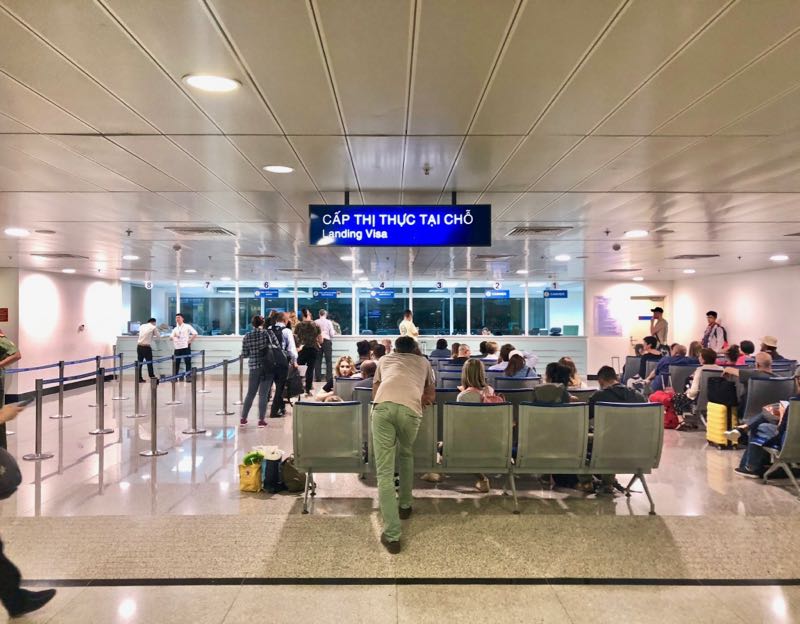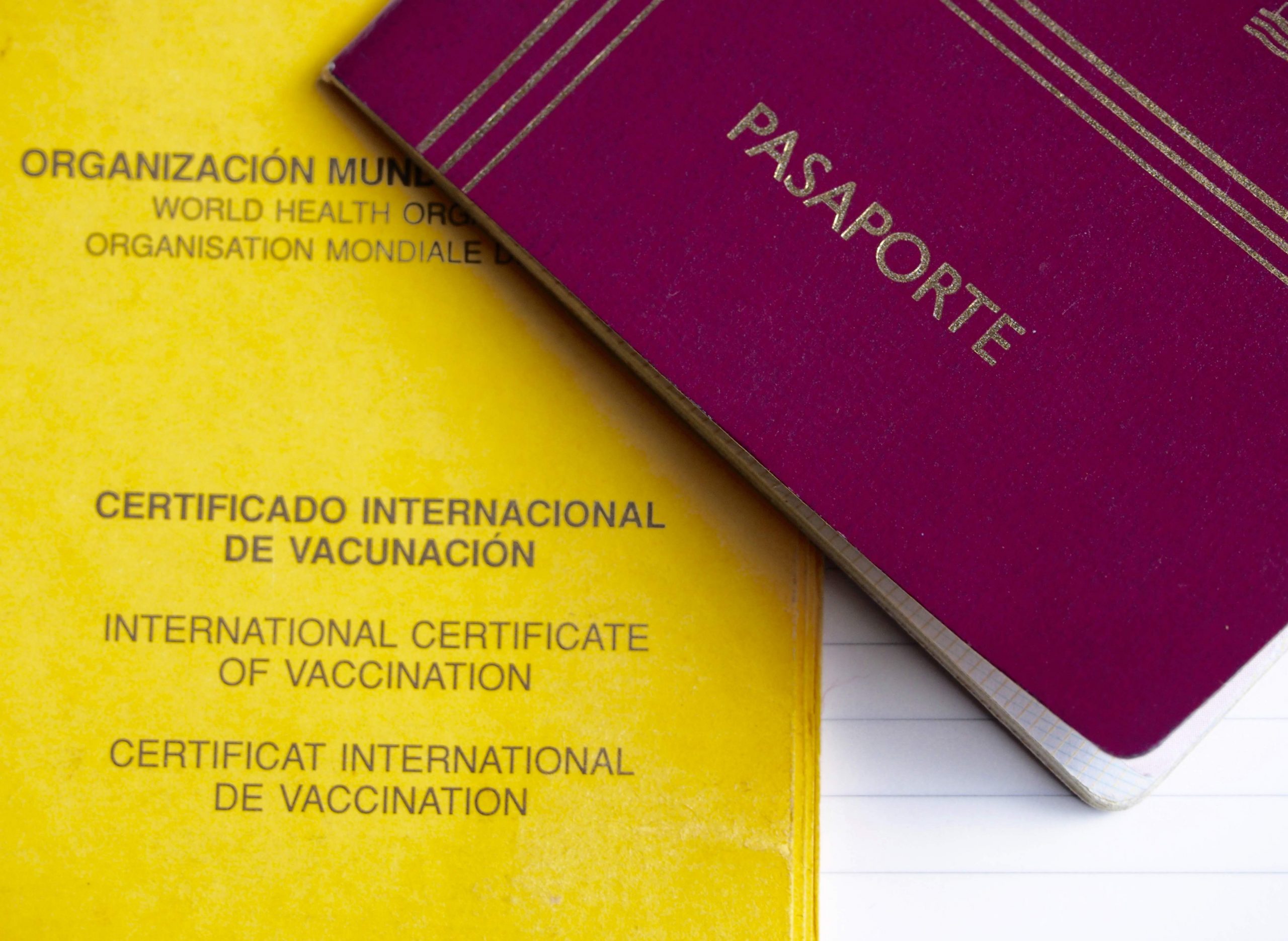Vietnam, officially known as the Socialistic Republic of Vietnam, is home to scenic and exotic natural wonders. Being the easternmost country of the Indochina peninsula, it is also the 15th most populous country in the world.

Vietnam is a prominent South-east Asian country with busy cities, Buddhist monuments, rivers, beaches, French colonial landmarks, and war history museums. If you are traveling to Vietnam for a holiday, depending upon the country you are from, there is a good chance you must have a visa. To have a hassle-free visit, visitors are increasingly opting for the Vietnam Visa on Arrival. This article provides an overview of the process for Vietnam Visa for Arrival.
Vietnam has had a rapid growth rate in tourism. It saw an increase of 13.4 million visitors between 2000 and 2018. Most of these visitors travel to Vietnam by air as opposed to land and cruise. The main advantage of traveling to the country by air is the eligibility for Vietnam Visa on Arrival. It saves the applicant the time taken to wait in the queue and deal with the paperwork at the embassy or consulate of Vietnam. It is also convenient and saves costs.
Vietnam Visa on Arrival can also be obtained in the form of E-Visa, and like applicants of other types of Visa, applicants are required to pre-register online. The process is to get a pre-approved visa letter from a Vietnamese travel agency, submit it at the arrival airport and collect the Vietnam Visa on Arrival at the international airport of destination in the country.
Eligibility to apply for Vietnam Visa on Arrival has been granted to citizens from all countries in the world, including all the major countries in the world, like the United States, the United Kingdom, and Australia. There are single and multiple entry visas for the one- and three-month category each and a multiple entry 12-month visa, especially available for US citizens.
Applicants are required to fill the short online application, which takes only a few minutes to complete. A scanned digital copy of the data page of the valid passport is necessary along with that of sized passport pictures. A valid passport is one that does not expire within six months of arrival. Another requirement is a valid credit or debit card for the payment to be made online. Along with passport information, applicants have to provide an email address to receive the approved visa letter .
The processing time to get the visa approval letter takes 4 or 8 hours in case of an emergency and two working days in general. It is recommended that visitors make the online application at least three days before the date of arrival.
The approved visa letter is received in the inbox of the email provided within two working days, a printout of which has to be taken by the applicant. The printout is presented at the international airport of the destination. There are seven applicable airports for Vietnam Visa on Arrival which includes ❶ Noi Bai International Airport (Hanoi), ❷ Da Nang International Airport (Da Nang), ❸ Cat Bi International Airport (Hai Phong), ❹ Tan Son Nhat International Airport (Ho Chi Minh City), ❺ Cam Ranh International Airport (Nha Trang), ❻ Lien Khuong International Airport (Da Lat) and ❼Phu Quoc International Airport in Phu Quoc island. Visa on arrival has now been made available at the Phu Quoc international airport (PQC) for visitors to get a visa to visit the other cities of Vietnam.
Please note that the electronic visa or e-Visa holders can skip the Visa on Arrival queue altogether and get their e-Visa stamped by the border authorities. They only need to produce the printout of their electronic visa (e-visa), their passport. They can proceed to enjoy their stay after receiving the stamp.
If an applicant has an approved visa letter instead of an electronic visa, he/she is required to go to the immigration office with the necessary documents to get the paperwork done.
The process of getting an approved letter for Vietnam Visa on Arrival is the same as getting an electronic visa. The application for visa on on arrival is made online with fees that differ from electronic Visa to Vietnam Visa on Arrival. The application is processed within two business days in this case, too, and the approved visa letter is sent to the inbox of the email address provided.
There are pros and cons to both electronic Visa (e-visa) and Vietnam Visa on Arrival, and applicants are advised to consider all of them before choosing between the two.
The main advantage of Vietnam Visa on Arrival is that the period of stay can last up to 30 days after arrival and even 90. For US citizens, the stay can be extended up to 12 months after arrival.
There are two significant disadvantages to Visa on arrival. It is more time consuming than an electronic Visa as visitors have to wait in a queue at the immigration office to get their visas stamped. This option requires more paperwork to be done and may take up a sizeable part of your day. During lean periods, it might take only under 30 minutes for the process. However, during holiday seasons, visitors should expect much longer waiting time.
Like the applicants for electronic Visa, applicants for Vietnam Visa on Arrival also have to pay a fee online for their application to be processed. They also have to pay an additional charge as the stamp duty at the immigration office at the airport. This fee ranges from 6 US dollars for a one-month single entry visa to 50 US dollars for the 12-month Visa available for only US citizens. The only acceptable form of payment for the stamp duty of Vietnam Visa on Arrival is cash.
Vietnam Visa on Arrival can be availed only at the 7 international airports mentioned above. The electronic Visa, on the other hand, is allowed at 33 points of entry. Although some visitors might find obtaining e-Visa slightly more expensive, it speeds up the process of approval and receipt drastically. It provides a more convenient and smoother overall experience of entry into Vietnam.

Vietnam, officially known as the Socialistic Republic of Vietnam, is home to scenic and exotic natural wonders. Being the easternmost country of the Indochina peninsula, it is also the 15th most populous country in the world.